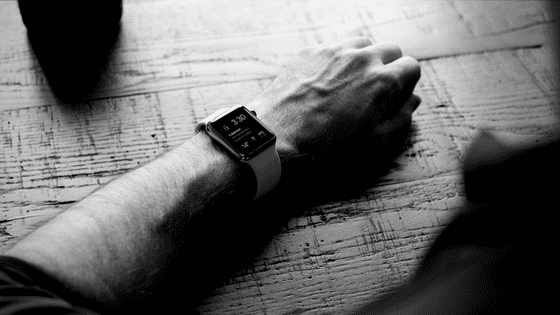With all the fresh snow from the ‘Blizzard of Oz’, it seemed every man and their dog was out on the slopes, taking advantage of the extraordinary conditions. This meant long cues for the lifts. If you’ve never skied at a resort before, imagine this: it’s like sheep being squeezed through little channels to funnel towards a shearing shed. At the ski lifts, the action point is where people line up to get on the chair or tow-bar. There is a sheep-dip like turnstile that reads your pass electronically, before you shuffle forward towards the chair. For a four-person lift, there are four turnstiles, the idea being that you go through in a line, all ready for the chair.
Sounds good in theory. In practice, mayhem.

People squeezed in from the sides, some jostled ahead, and then the worst: chairs going up empty, or with only two people when there could have been four. When you are waiting in a line for five to ten minutes, this sets everyone’s teeth on edge. The complaining was universal:
“What selfish [insert expletive] prats! How can they hog the chair when there are so many us waiting!” And so on.
There were some common assumptions being bandied about:
- People were not nice
- Many were selfish and inconsiderate jerks.
- Some were completely ignorant and oblivious.
Some of these assumptions may have been true. In fact, when I called out to a fourteen year old boarder who had pushed blindly through the gate, NOT in a group of any kind (and therefore disrupting the flow of fours), I received a mono-syllabic teenage grunt of apology. Clearly oblivious. Perhaps selfish. Maybe not an asshole, but hey – give an inch, they take a mile.
Here’s the thing.
I don’t believe that skiers, or boarders for that matter, are universally selfish or inconsiderate.
It’s a system design problem.
The funnel system was put in place with a few key assumptions of its own, the main one being that people will self-organise through the turnstile system. Four seats on the chair, four turnstiles. Seems easy.
There is plenty written on the benefits of self-organising systems:
This is a video showing the wisdom of the crowd accomplishing a complex task in under three minutes.
Thanks to Digby Scott for his original post on this here.
This is a utopian vision of engaged and thriving businesses where autonomy, engagement, and rewards operate effectively together.
Why does it not work on the ski lifts?
Here’s what’s missing for the ski resort, and what you need keep in mind for your own organisation:
- Fear of loss
A day lift ticket is $138. On one lift, the time between the ride up to top and the ski down has a cycle time of 9 minutes. Assuming no breaks, and going from first to last lifts, each minute is worth $0.28, or $2.58 per run. If I am pushed backward in line from people cutting in, and others not maximising the lift capacity through hogging or lack of awareness, this could mean an extra five minutes in the queue. This means my run price just went to $3.92, or 34 runs total for the day instead of 53.3. In addition, the snow conditions are usually best earlier in the day when the tracks are freshly groomed. Watching people squeeze in I see fewer runs on crappier snow. No wonder people get cranky!
What systems are creating a sense of loss or fear of missing out in your organisation?
- Assumed expectations
The expectation is that people will organise themselves courteously into groups of four, taking turns lining up from the respective funnelling channels, allowing the ski school people right of way. None of this is written or outlined anywhere. Plus, fear of loss drives folks to push the courtesy boundaries.
Things were better when the lift operators started organising the line up. Riders issued a collective sigh of relief: at last someone taking charge! No more jostling for position or asserting dominance – just being told what to do. Nice.
But is that what you want to default to as a leader at work? Having to mandate and dictate process?
Where do you find yourself stepping in to direct traffic, settle disputes, or make decisions? Do you need to clarify expectations or document process?
- Lack of collective benefit
Self-organising systems work best when there are rewards for collaboration and co-operation. In the ski lift situation, there is no collective reward, only common self-interest: each person wants to have a good day skiing, and not miss out on the best runs of the day. Co-operation keeps harmony, but does not result in better outcomes for individual skiing.
Are the systems in your organisation set up for collective benefit or for individual gain? Is there a common goal you are all working toward? How tangible and visible is that goal?
At the end of the day, time spent in the mountains is a glorious experience. Doing work you love that makes a difference is equally glorious. As leaders, let’s not spoil it with ill-conceived systems.





















